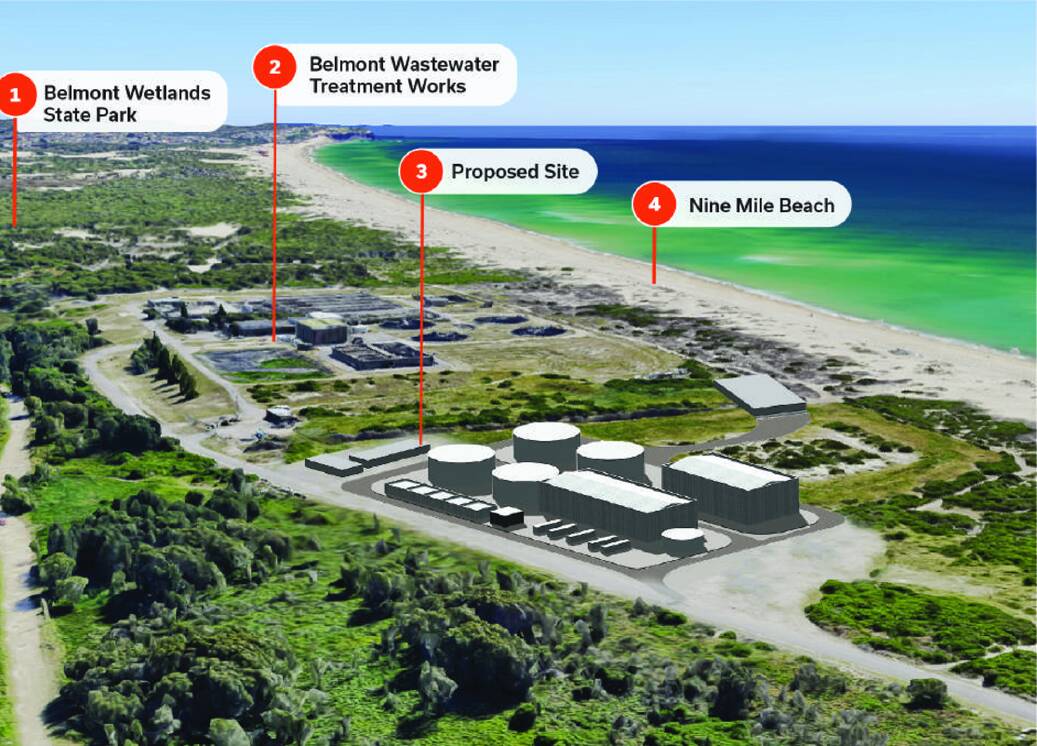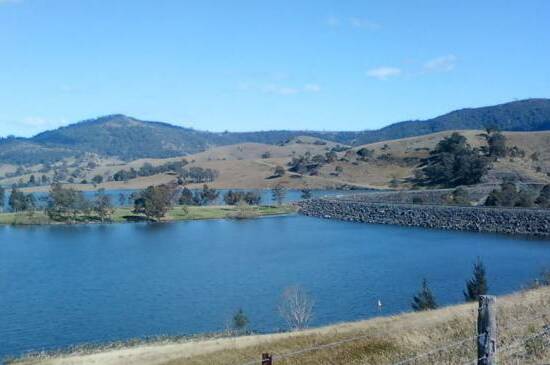
An offshore core sampling rig will be set up at Belmont in the new year as part of planning for the Lower Hunter desalination plant.
John Holland Group has been appointed to start detailed technical investigations and designs for the $200million project, which is part of Hunter's Water's plan to drought-proof the region.
The drilling rig will take core samples that will provide information about seafloor conditions for the plant's seawater intake pipeline.
When operational the plant will add up to 30 million litres per day of rainfall independent drinking water capacity to the potable water system, or about 15 per cent of the region's average daily needs. By comparison the existing Sydney desalination plant is capable of producing 250 million litres per day.
Hunter Water managing director Darren Cleary said the current conditions presented an ideal opportunity to advance investigations and designs to secure the region's long-term water future.
"We know our region's storages can go from full to critical in less than three years, so it's vital we capitalise on this moment when water is plentiful," he said.

Work is also progressing with plans for a potential connection to the Lostock Dam-Glennies Creek Dam as part of the Lower Hunter Water Plan.
Hunter Water is partnering with Water Infrastructure NSW to investigate options to extract water from the Paterson River, released by Lostock Dam for supply into Hunter Water's drinking water network.
This proposal would involve a water supply pump station near Paterson and a new water treatment plant and pipeline to connect to the Maitland region.
Three community information sessions will be held from Monday 5 to Wednesday 7 December where landholders and community members can meet the project team to discuss the early investigations for the proposal.
"Working methodically with Water Infrastructure NSW on the final business case for the scheme allows us to understand how we can best diversify our water future. "This approach is consistent with the Lower Hunter Water Security Plan priority to improve the resilience of the water supply system, making better use of existing dams," Mr Cleary said.
Minister for Lands and Water, Kevin Anderson, said it was crucial planning work happened now so the Lower Hunter is ready and resilient for the future.
"There may be abundant water right now, and while Hunter storages are at their fullest, we must make the most of this opportunity to prepare for future dry periods.
WHAT DO YOU THINK? We've made it a whole lot easier for you to have your say. Our new comment platform requires only one log-in to access articles and to join the discussion on the Newcastle Herald website. Find out how to register so you can enjoy civil, friendly and engaging discussions. Sign up for a subscription here.







